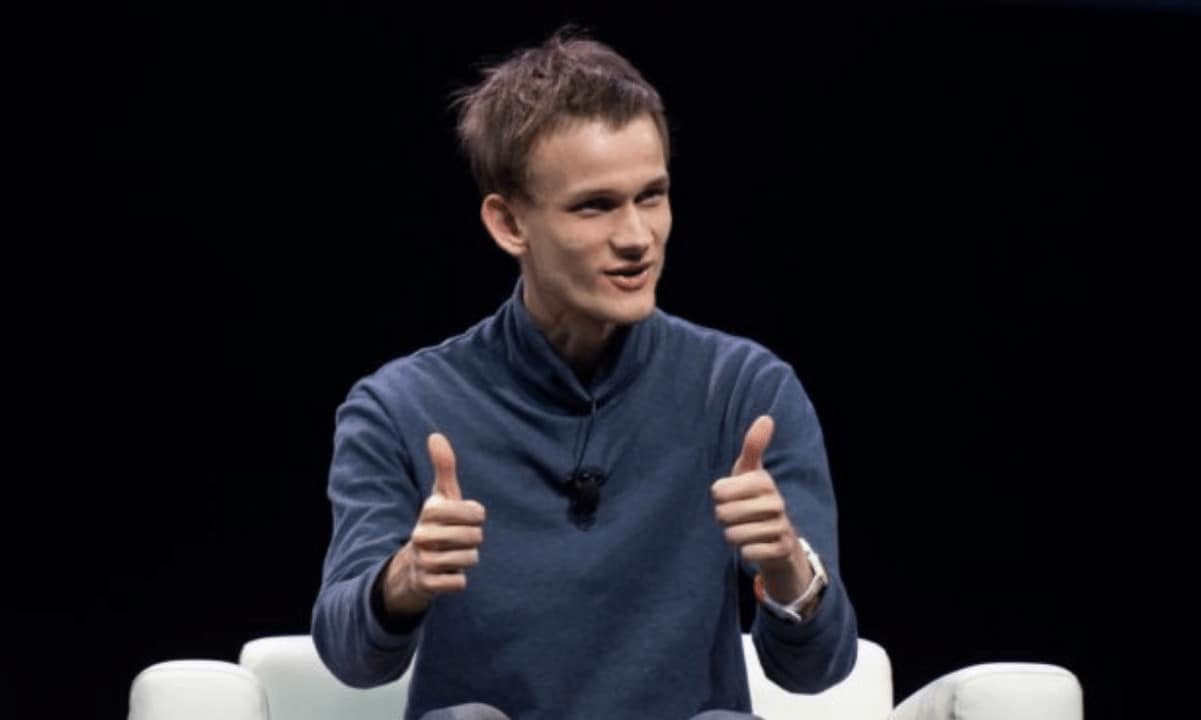

In a recent blog post titled “The promise and challenges of crypto + AI applications,” Ethereum co-founder Vitalik Buterin delves into the evolving relationship between cryptocurrency and artificial intelligence (AI).
Acknowledging the increasing importance of both technologies over the past decade, Buterin explores potential intersections and synergies between crypto and AI.
Shifting Perspectives and Intersections
Buterin begins by reflecting on the commonly asked question regarding the intersections between crypto and AI that hold the most promise. While recognizing the superficial connections, such as decentralization balancing AI centralization and blockchain transparency countering AI opacity, he notes that specific applications were limited.
However, with the advancements in AI, particularly modern Language Model Machines (LLMs), and the progress in crypto technologies such as zero-knowledge proofs (ZKPs), Fully Homomorphic Encryption (FHE), and Multi-Party Computation (MPC), Buterin observes a transformative shift in the landscape. Buterin categorizes the interactions between crypto and AI into four main categories.
He outlines the role of AI as a player in a game in this space. It plays a crucial role in assisting users to comprehend the intricacies of the crypto world, ensuring that their actions align with intentions and shielding them from potential scams. Notable examples Buterin provides include features like Metamask’s scam detection and the Rabby wallet’s simulation feature.
He also delves into the use of AI as the rules of the game. This involves the integration of AIs into smart contracts or decentralized autonomous organizations (DAOs) to make subjective decisions. However, Buterin exercises caution, highlighting the challenges posed by adversarial machine learning attacks and emphasizing the need for transparency, particularly in open-source models.
Looking towards the future, he explores the concept of AI as an objective. This futuristic category envisions the design of blockchains and DAOs explicitly for the creation and maintenance of AIs.
He explains potential applications, including the development of trustworthy black-box AIs, the establishment of democratic governance structures, and the incorporation of a decentralized AI with a built-in natural kill switch.
Implementation Challanges
The article also addresses two major challenges in implementing these categories: Cryptographic Overhead and Adversarial Machine Learning. Buterin acknowledges the efficiency concerns of incorporating cryptographic gadgets like ZK-SNARKs and MPC into AI computations.
Despite potential overheads, he explores optimistic avenues for making AI-compatible cryptography more viable. The threat of black-box adversarial machine learning attacks is discussed, emphasizing the need to limit queries and protect training data.
Buterin also suggests leveraging DAOs to govern AI processes, including data submission, queries, and cryptographic techniques like MPC to secure the entire AI pipeline.
The article concludes by emphasizing the importance of cautious exploration in converging crypto and AI.
Binance Free $100 (Exclusive): Use this link to register and receive $100 free and 10% off fees on Binance Futures first month (terms).
The post appeared first on CryptoPotato






